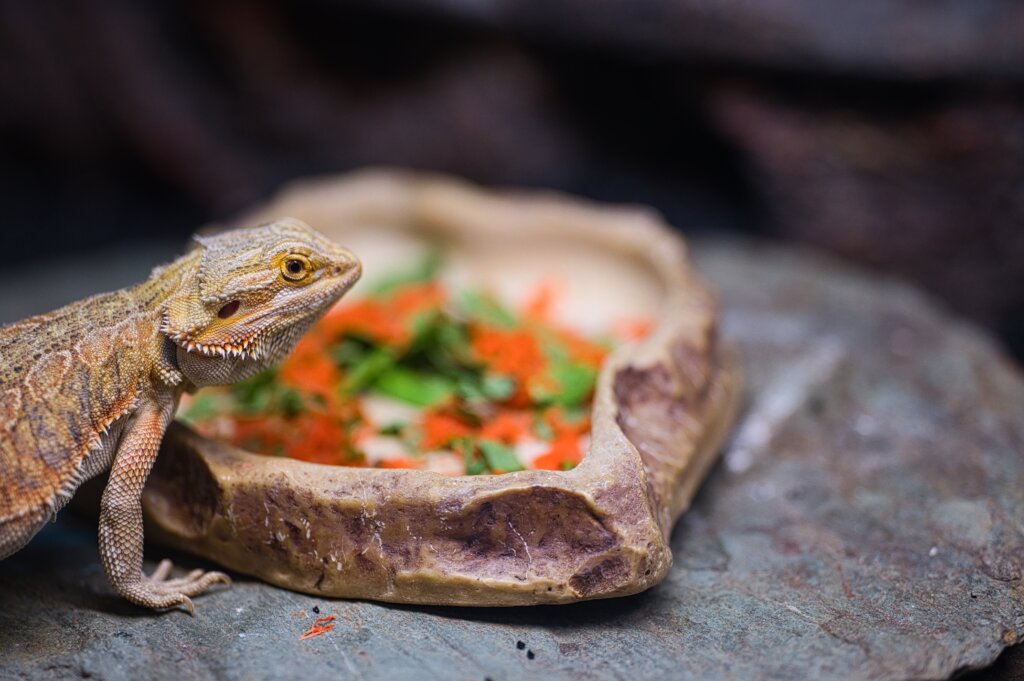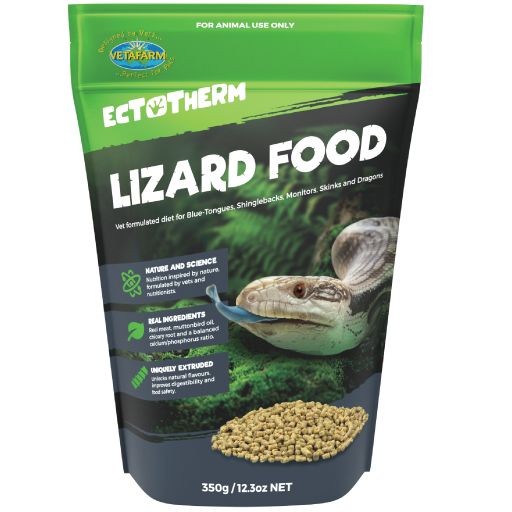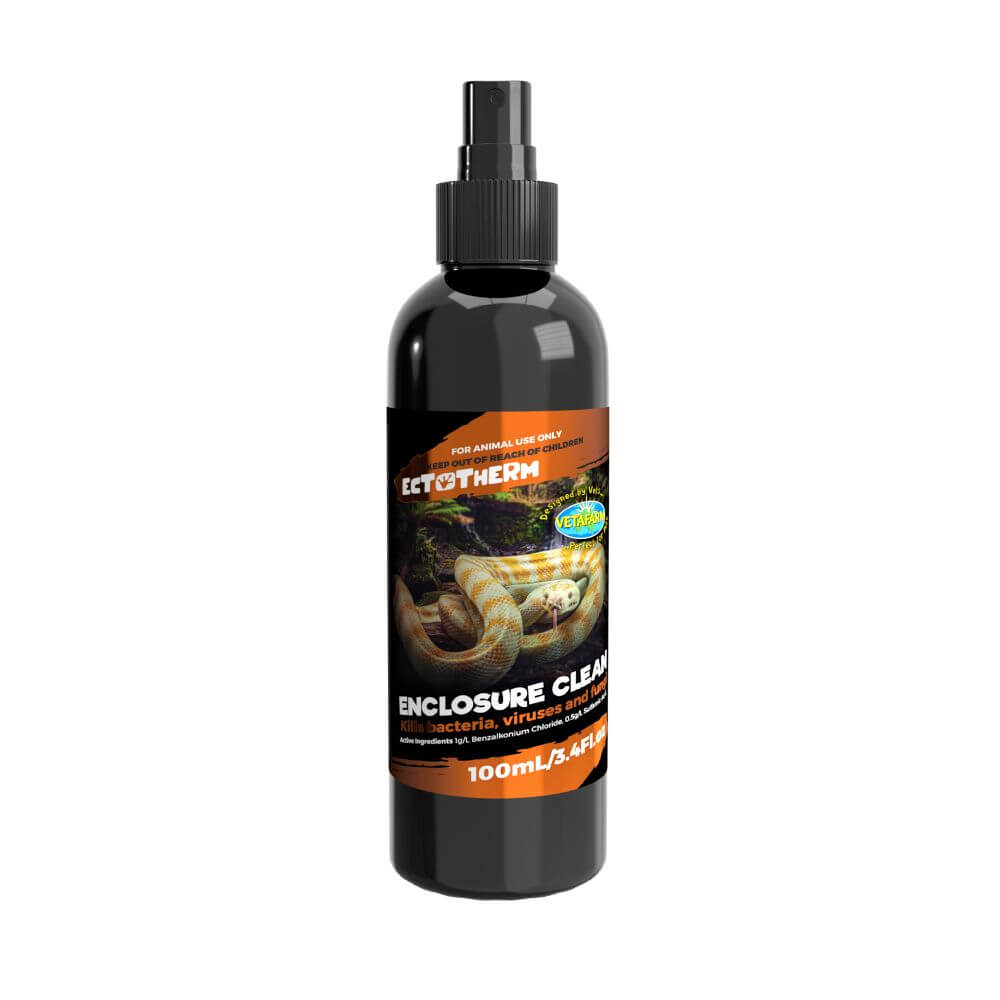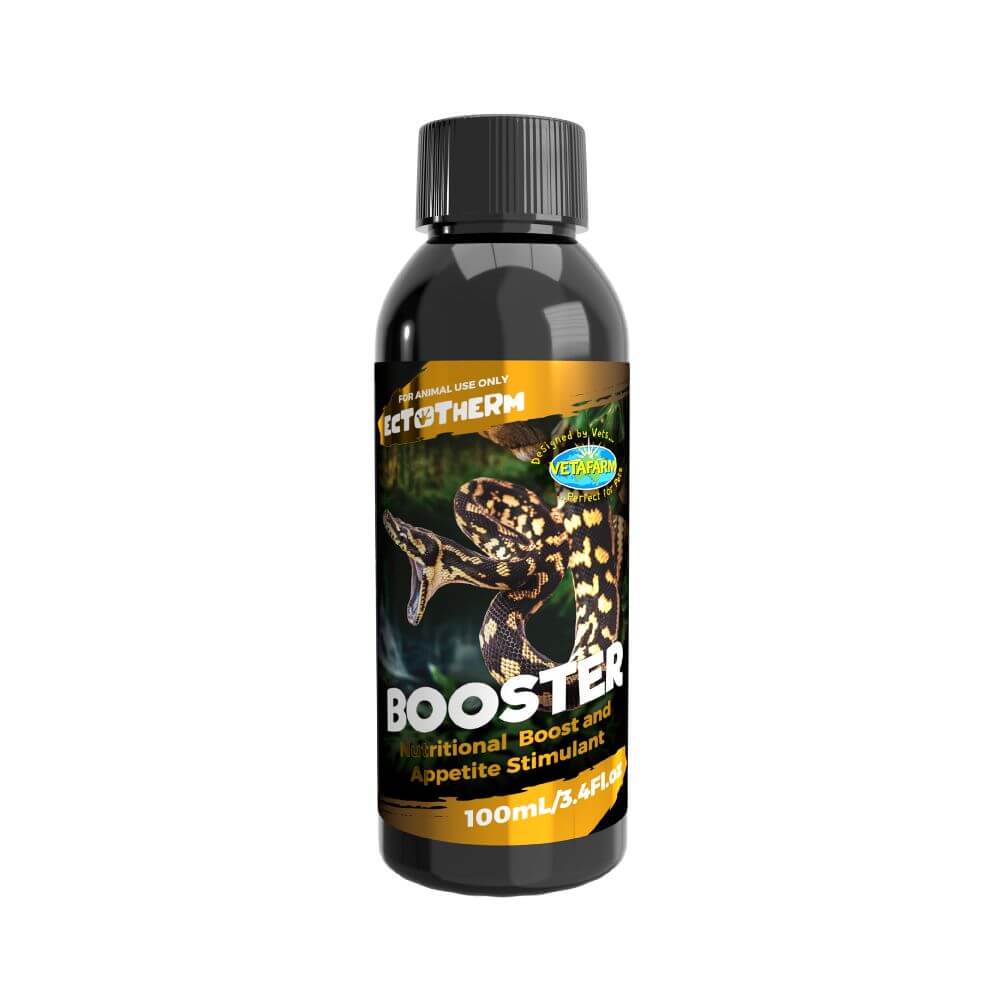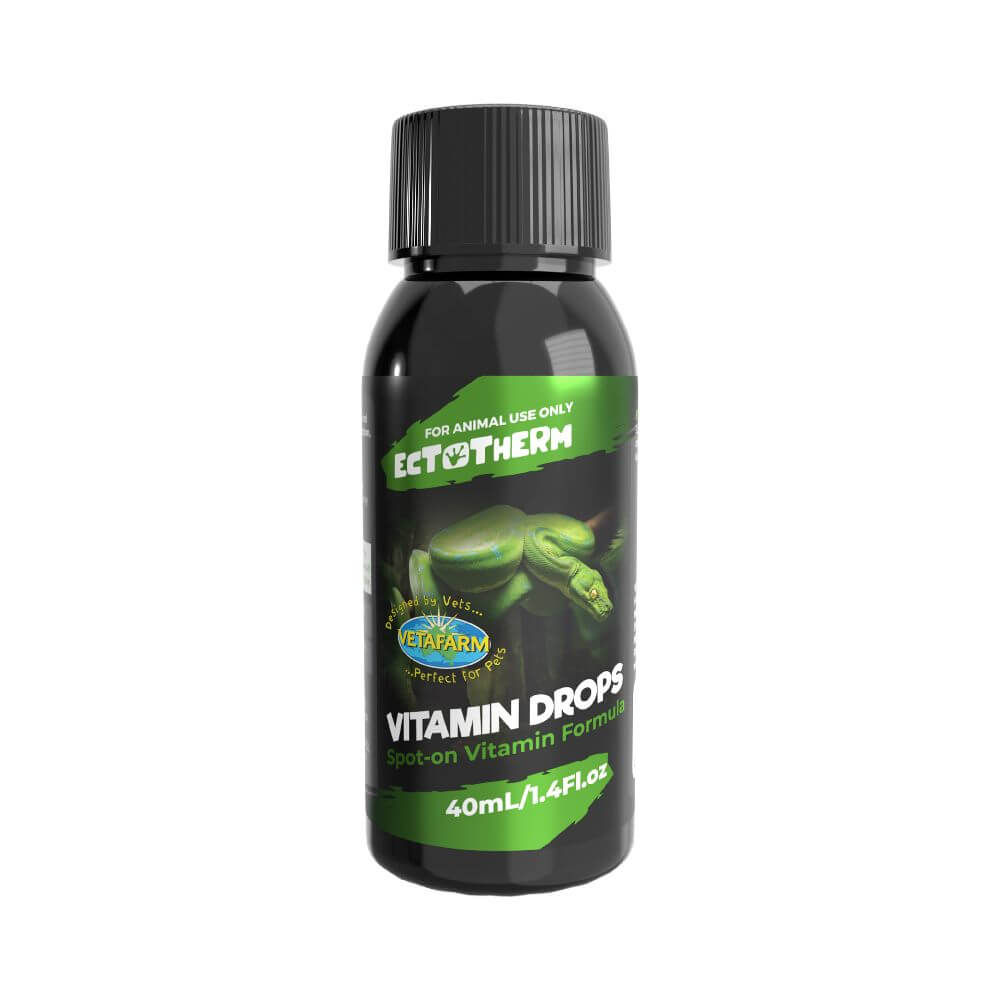Your Guide to Getting Started with a Pet Lizard
Whether you’re a seasoned animal lover or new to reptile companionship, we have a few tips that may ease the journey for you and your scaly friend. Research is your best friend! Learn all about the species you want, join groups, reach out to professionals to ensure you are across that specific reptile’s requirements.
Choosing the Right Lizard
Choosing the perfect lizard companion goes beyond their captivating appearance. Factors such as size, temperament, and maintenance requirements are necessary to consider to ensure that the lizard will fit into your lifestyle.
Creating the Ideal Habitat
The key to a happy and healthy lizard is providing them with an optimal habitat. Considering the appropriate tank size, lighting, temperature regulation, and humidity control is essential to helping your lizard thrive.
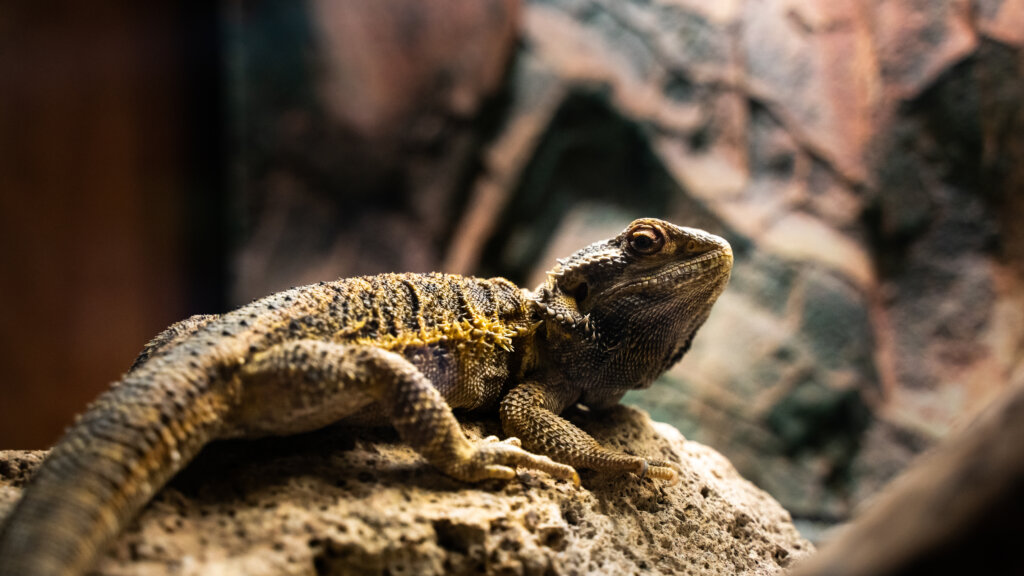
Enclosure size
Lizards need enough space to move around, climb, and explore. The enclosure should be large enough to accommodate the specific needs of your lizard species. At minimum, the enclosure should be at least 2 times the lizard’s length, but the bigger the better.
Substrate
Select a suitable substrate for the enclosure that mimics the lizard’s natural habitat and allows for behaviours like digging and burrowing. Depending on the species, common substrate options include bark chips, moss, reptile carpet, or a mix of sand and soil.
Temperature and Humidity
Lizards are ectothermic – meaning they rely on external heat sources to help regulate their body temperature. You can use a temperature gradient in the enclosure, with a warm basking spot at one end and a cooler area at the other. Heat lamps, heat pads, and a thermostat can also maintain the appropriate temperature. Monitoring the humidity levels and maintaining the ideal temperature will help your lizard to thrive. Keeping in mind that differing species may require higher humidity than others.
Lighting
Lizards need access to proper lighting to support their physiological processes, including calcium metabolism and vitamin D synthesis. Provide both UVB and UVA lights in the enclosure. UVB lighting helps reptiles produce vitamin D3, crucial for calcium absorption. UVA lighting helps promote natural behaviours and provides a more natural light spectrum.
Hides and climbing structures
Create a variety of hiding spots and climbing structures within the enclosure to allow your lizard to feel secure and engage in natural behaviours. Use branches, rocks, plants, and other decorations for different levels and hiding places.
Water source
Provide a shallow water dish or a small pool within the enclosure to fulfil your lizard’s hydration needs. Be sure to change the water regularly to maintain cleanliness.
Feeding and Nutrition
Feeding your lizard proper nutrition is essential for maintaining their health and promoting their well-being. It’s important to understand their dietary requirements when feeding pet lizards. Lizards are a highly diverse group, with different species having different nutritional needs. Some lizards are strictly herbivorous, while others are carnivorous, omnivorous, or insectivorous. Therefore, it’s crucial to research and understand the specific dietary needs of your lizard species.
A well-balanced diet for herbivorous lizards may include dark leafy greens, vegetables, and fruits, while carnivorous lizards may require live insects like crickets, mealworms, or waxworms. Omnivorous lizards can thrive on a diet that includes insects, fruit, and vegetables, while insectivorous lizards may need a diet that primarily consists of insects. It’s important to note that some lizards may require additional calcium or other supplements to ensure they receive all the necessary nutrition.
When feeding your lizard, it’s vital to provide fresh water daily and to keep their feeding area clean and hygienic. Consider feeding your lizard small and frequent meals to promote proper digestion and avoid overfeeding.
